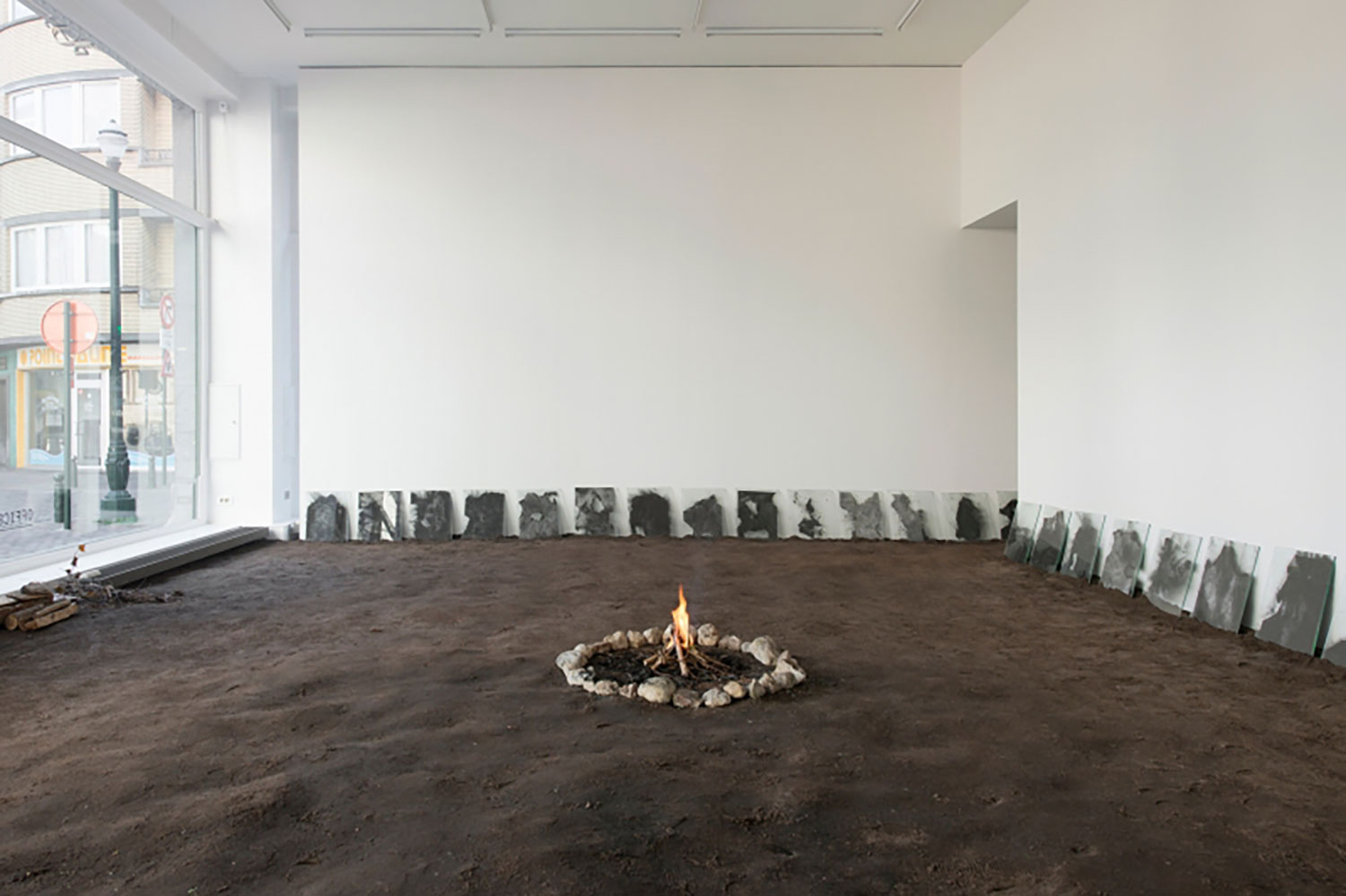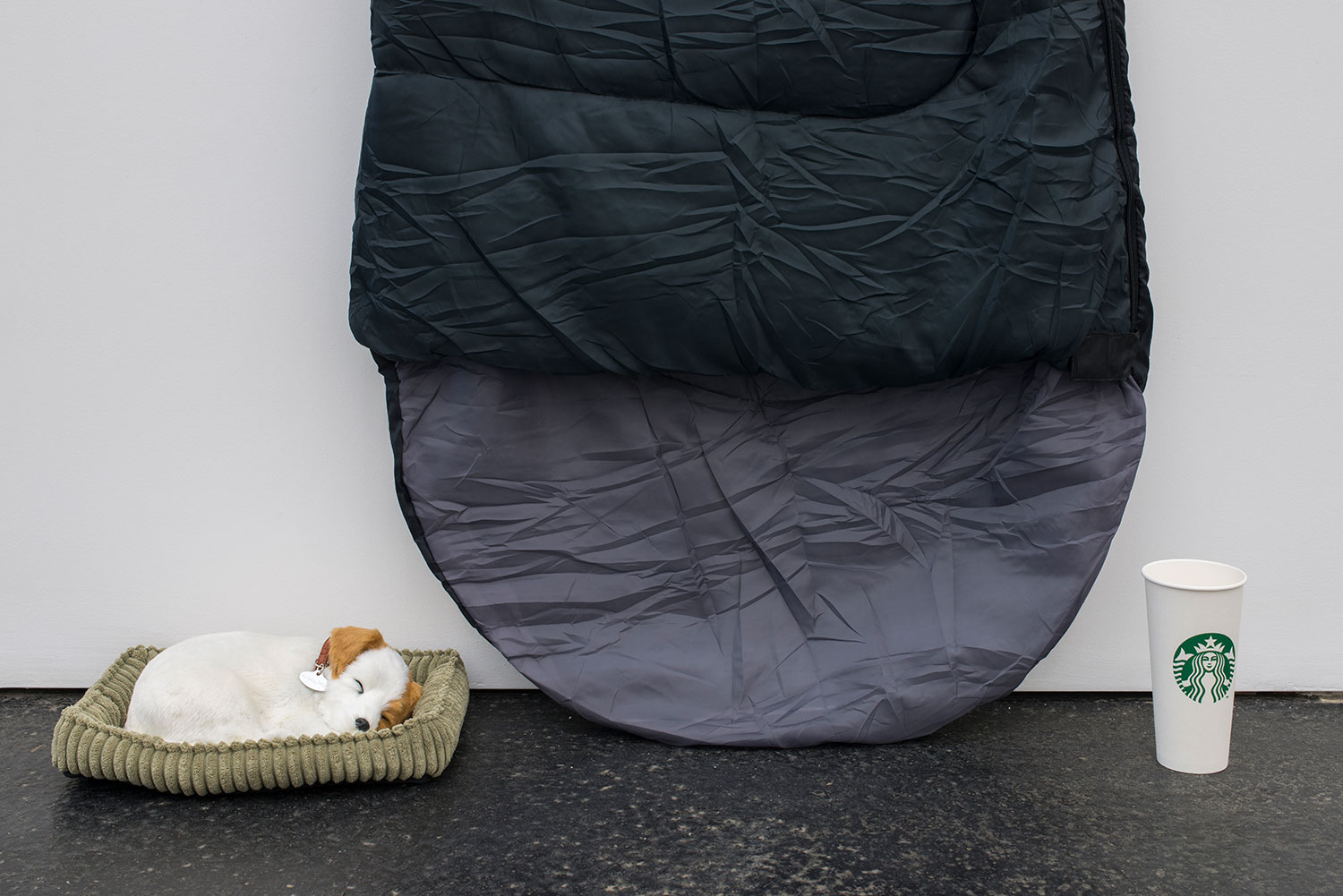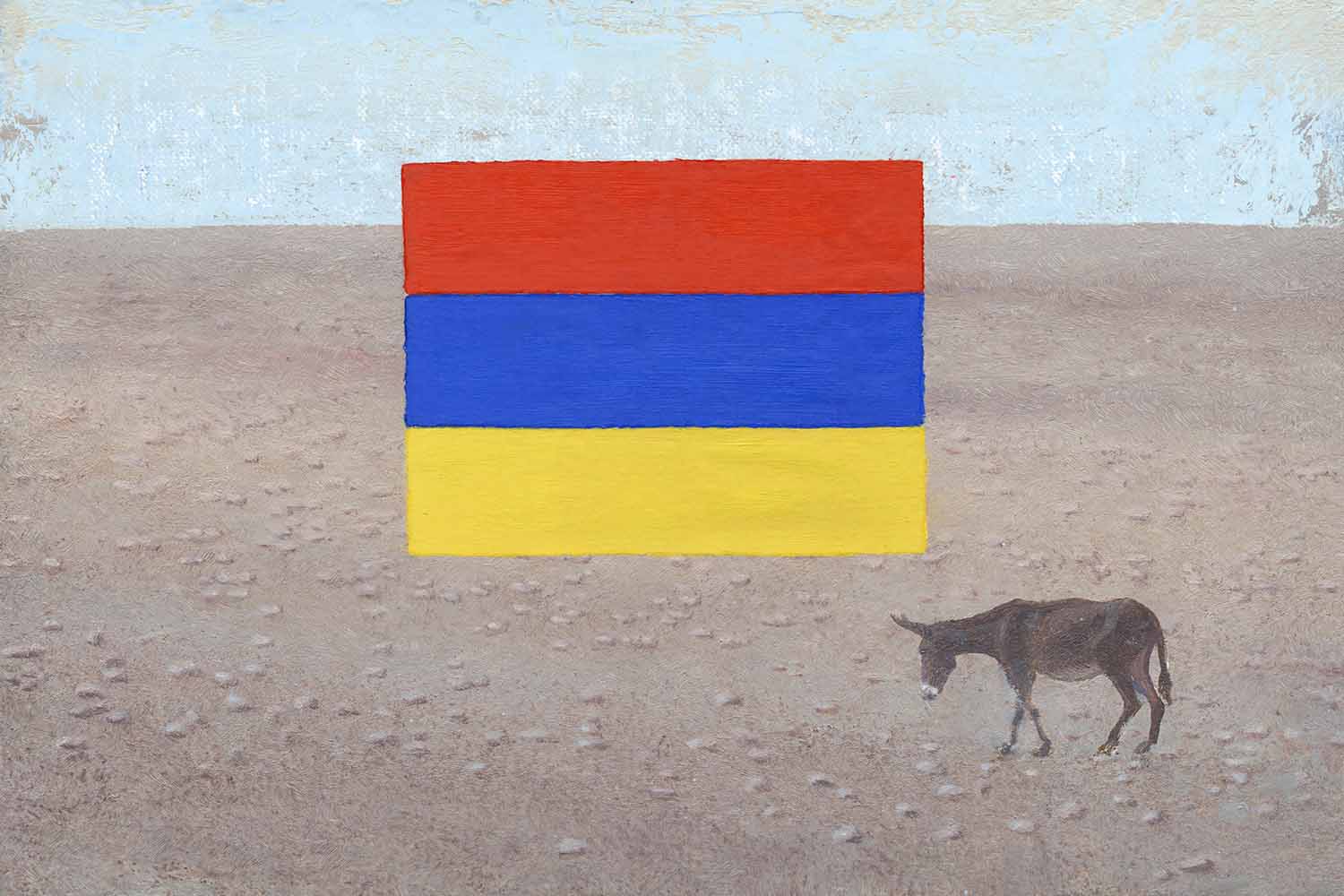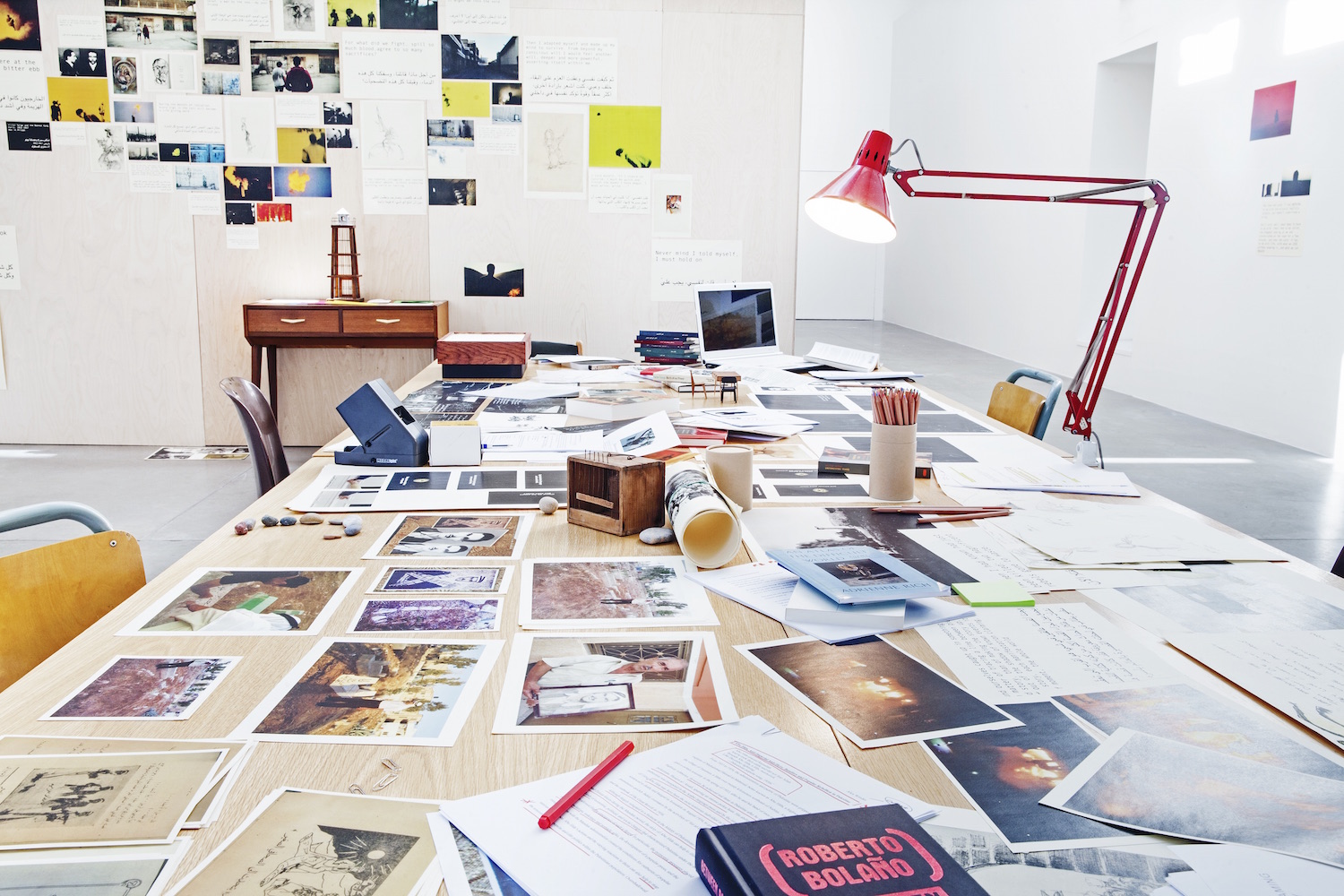Office Baroque was founded by Marie Denkens and Wim Peeters in Antwerp in 2007.
The gallery moved to Brussels in the fall of 2013, and last September it opened a second exhibition space in the midtown area of the city — a testament to its ongoing commitment to the flourishing local art scene. Flash Art asked Peeters about the ethos and scope of the gallery program.
How is the new space going to function along with the downtown location?
The midtown space will serve as a continuation of the downtown one. It will allow us to curate exhibitions in a more flexible way and offer the ideal platform and scale for each project we embark on. Thanks to the space’s proximity to the Bozar and Etablissement d’en Face, we will be able to reach a wider audience. So the space is both a particular location in the city we decided to engage with as well as a new horizon we have set in developing the gallery program.
The gallery program is almost a decade old. On the one hand, it highlights a consistent exploration of the legacy of color field and hard edge in contemporary painting — the gallery shows both David Diao, among the first “commentators” on those styles, and younger representatives such as Davis Rhodes, Neil Campbell and Aaron Bobrow. On the other hand, it includes artistic figures renown for the singularity and radicalness of their practices; I think here about Michel Auder, Kirsten Pieroth and B. Wurtz, for example. What is the ethos behind such an eclectic roster of artists?
All of the artists we represent relate to different traditions or genres in a highly idiosyncratic way. We see the gallery as a platform that can communicate across media and disciplines, as well as between different generations. Since our inception we have had an equal interest in minimalism, conceptualism, painting, video and photography. It’s an eclectic take at first inspection, but over the long run a pattern emerges, connecting people apparently working in isolated media but operating them with the logic of other media. I believe that is how we make apparently incompatible positions come together.
Office Baroque was born in the wake of a “renaissance” within the Belgian art industry, and certainly contributed to the emergence of the myth of Brussels as a new mecca for a younger generation of artists. The gallery, however, represents only one Belgian, Brussels-based Jan De Cock, whose first show with Office Baroque was last winter. What are your thoughts regarding local art production?
We have always taken an international stance, even if you look at the institutional work we did at Extra City, before running the gallery and before moving to Brussels. From that history we carry along a strong connection with the Belgian art scene. Jan De Cock is an amazingly exciting artist whom we are happy to represent, once more expanding the scope of the gallery program. I do see more Belgian artists showing at Office Baroque — it’s not a matter of aesthetics. We adore the work of people like Guillaume Bijl or Jan Vercruysse or Ria Pacquée. Looking at the emerging generation, Thomas Gilissen is a tremendous artist.
Liam Everett and Anke Weyer are the last two artists who joined the gallery’s roster. The art of both can be labeled as gestural abstraction, suggesting a shift in the gallery’s program toward more market-oriented art. What is your position regarding the art market’s speculative bubble, which gestural abstract painting specifically seems to fuel?
Weyer and Everett are artists whose work originates in a deep and fundamental studio practice based not on the findings of an analysis of the contemporary art world, but on questioning and revisiting fundamental notions of art. It’s biased to say that gestural abstract art is commercial while figurative art, on the contrary, is critical and anti-commercial. Alliances between genres and markets are contextual and historical, and I believe, in the case of Weyer and Everett, their work has a complexity that reveals itself only over time, which is a quality we have to work hard to preserve in the current market.
Office Baroque represents the estate of American experimental filmmaker Owen Land. Land was also among the first to show at the gallery, in 2008, three years before he died suddenly. Can you tell us more about your encounter with Land and his work? And can you share some insight about the estate’s future projects?
The Estate is a collaboration between the gallery and the Filmmuseum Austria in Vienna. During Owen’s life, we were able to edition all of his work and secure reproduction rights. Land’s seminal Film in Which There Appear Edge Lettering, Dirt Particles, Sprocket Holes, etc. (1965) will be one of the centerpieces in the exhibition “Ordinary Pictures” at the Walker in Minneapolis starting on October 9. As for plans with Land at the gallery, we will be inviting curators to make a selection of Owen Land’s films for screenings in the midtown gallery in early spring 2016. Encountering Land and being able to work with Kunsthalle Bern to complete “Dialogues” in 2009, his first new work in twenty-five years, has left a deep impact on us and is an important milestone in how we run the gallery — an example of the commitments we like to make.





